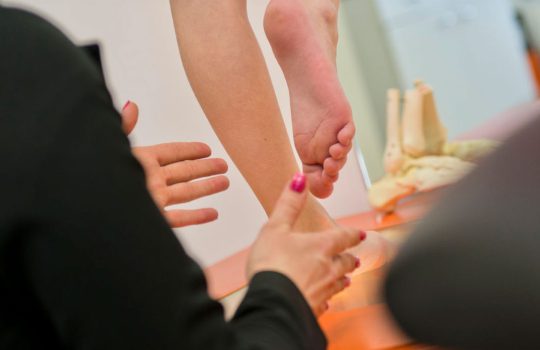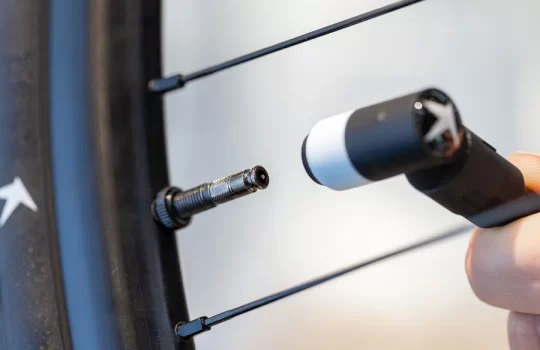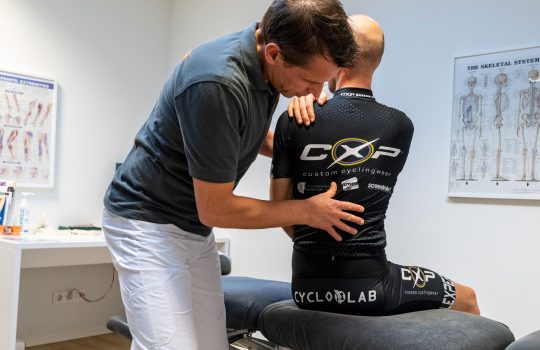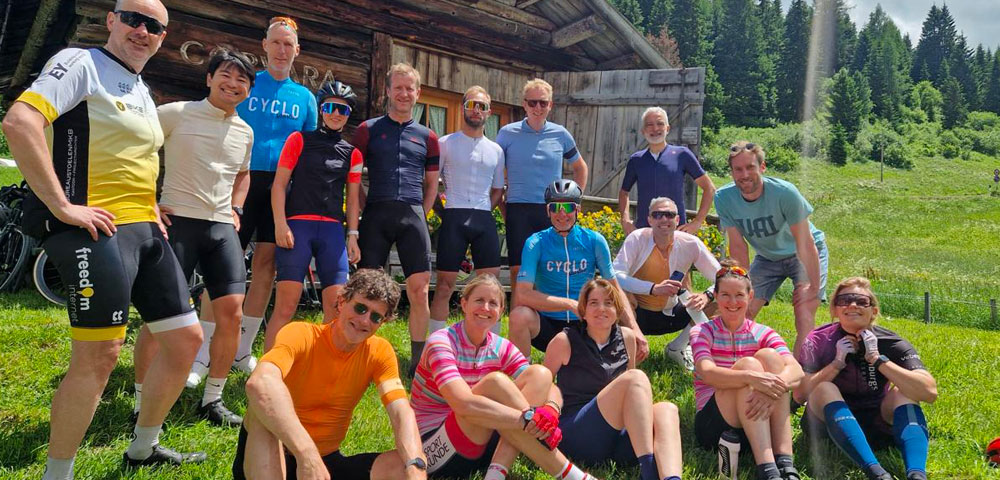This way you will be ready to leave in the spring: 6 tips
Standing still means going backwards, but it is often wet and cold in autumn and winter. How do you keep your body in shape and lay a good foundation for the new season?
Once the basics are good, you can train more intensively
1 The mountain bike
The mountain bike offers the necessary variety and in the forest you are also better sheltered from the harsh weather conditions. You just have to be careful not to go too fast on the MTB, because many tours are quite intensive.
2 Sports without wheels
You can always try an alternative without wheels. During the rest period it is not a bad idea to go for a run. For cyclists this is a completely different form of exercise. Therefore, build up your running slowly.
You have less risk of injury when swimming. The big advantage compared to running is that you get your whole body moving in the water and of course you are not affected by the weather conditions indoors.
3 Endurance training
In the first weeks after the rest period, you start with long endurance training at a relatively low heart rate. This way you lay a solid foundation for endurance. Once the basics are good, you can train more intensively.
4 Strength and core training
Strength training is great on the bike, but can of course also be done very well in the gym. Go to the gym in your area and ask for advice. At the gym they can tell you exactly what the leg press, hack squad, back extension, torso rotation and leg extension can contribute to your cock start in March!
5 Climbing and block training
From mid/end of January you can switch to climbing training, provided you have completed sufficient basic training and completed the strength training. You can perform this climbing training on the road, with blocks of 10 minutes and longer at a minimum of 80 to 90 rpm. Keep your heart rate just below the turning point.
6 Do an exercise test
The intensity at which you can best perform the above workouts can be determined in two ways: via a lactic acid or heart rate measurement. Lactic acid is best measured by means of a specific fitness test on the bike. You can determine the training intensity via a heart rate measurement based on your maximum heart rate. However, this depends on age and fatigue.










